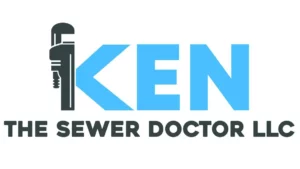Are you stuck trying to find a plumbing leak in your home? Trying to fix it without breaking the bank? If so, then this blog post is definitely for you! Here we’ll cover everything related to a plumbing leak and how to repair them. We’ll also go over the different types of residential plumbing jobs needed and what tools and materials are essential. Hopefully, with all this information, finding and fixing any plumbing issues in your house should be much quicker than expected.
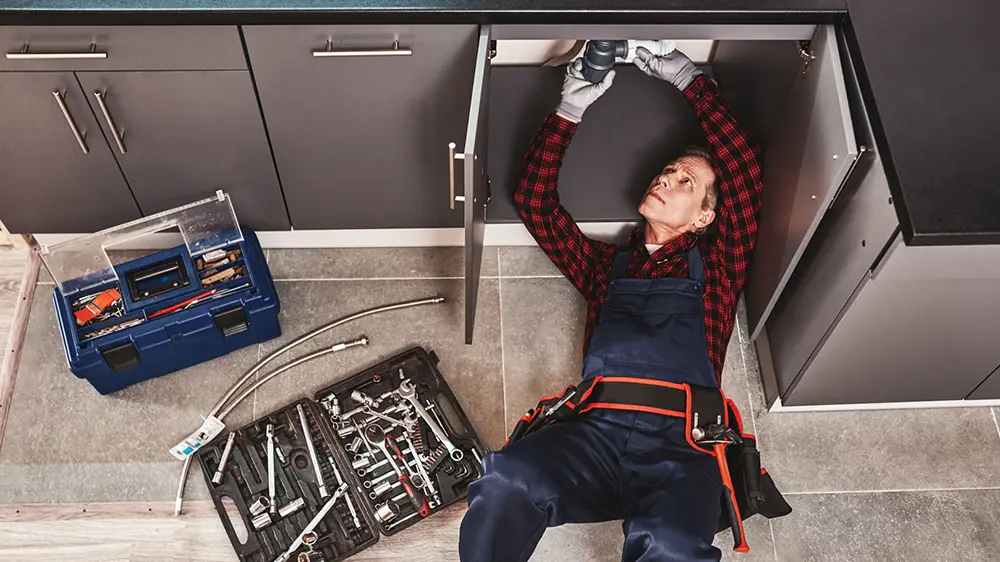
Understanding the signs of a plumbing leak
When it comes to plumbing, one of the most frequent issues is a leak. A leaking pipe can cause significant damage to your house if not taken care of quickly and correctly. So spotting signs of a broken line soon enough is absolutely essential. Initially, look out for water build-up around pipes or fixtures – this might be caused by loose connections, worn seals, or even split tubes. Have you ever faced such an issue with your piping system? How did you manage that situation?
Do you suspect that there may be a plumbing leak in your house? If so, first check the walls and ceiling near the area where the pipe is located for any discoloration. These stains can indicate water has been leaking from this point over time. If that’s what you find, call a professional plumber immediately! Another sign of potential trouble might be an unexplained increase in your water bill. It could mean something much bigger than just leaving more taps running; it could signal hidden leaks around your home!
If you spot a hefty sum on your monthly bill and there have been no changes to the number of people in the house, or usage habits, then this could mean something isn’t right with one of your appliances or pipes. It’s worth getting an experienced plumber to look into it, just in case! Have you noticed any malfunctioning from any particular appliance recently? Maybe that’d provide some clues as to what needs fixing.
If you notice any strange smells coming from particular parts of your house, it could signify something more serious. It might mean that sewage is backing up into specific areas due to clogged drains – this can pose significant health risks if not taken care of promptly by someone who knows how best to deal with such problems correctly and safely. Additionally, watch out for wet spots on walls or ceilings as these may indicate some unseen issue underneath; wait for someone experienced enough to find it and take measures before anything else gets damaged inside or outside the home. To stay away from expensive repairs later on, make sure you recognize what each warning means so that you will decide whether monitoring things yourself at home is safe enough or calling professional help right away would be a better option!
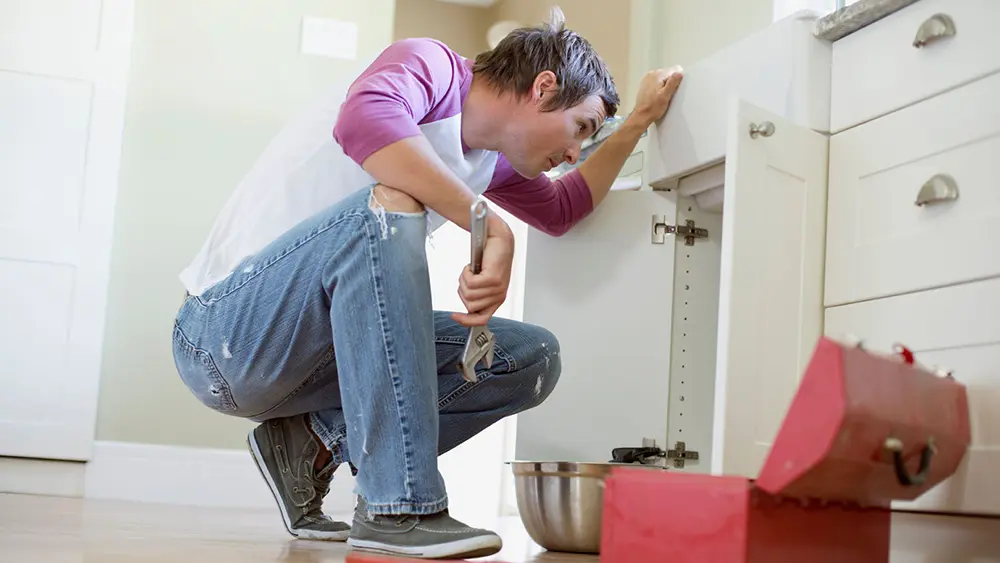
DIY techniques for detecting water leaks
One of the most common DIY strategies for identifying water leaks is to look at your home’s water meter. It doesn’t need specific tools and can help you figure out where leakage might occur. To evaluate your water meter, shut down all taps and gadgets that utilize or require water in the house. Then, seek out the reading on your residence’s exterior and jot it down as a reference point – this will enable you to detect even minor changes later when running another check-up.
Give it 30 minutes, then have another look. If you’re seeing an increase in water usage, this could indicate a possible leak inside or outside the house. To track down further a plumbing leak and check for damaged seals, run a visual inspection around sinks, toilets, showers, etc.; see if there is any moisture lying about that might indicate leaking pipes as well as signs of mold growth which can develop due to exposure from consistent water seepage. It’s time to call on plumbing professionals; they should quickly diagnose and patch up the faulty connections so more significant damage won’t occur later!
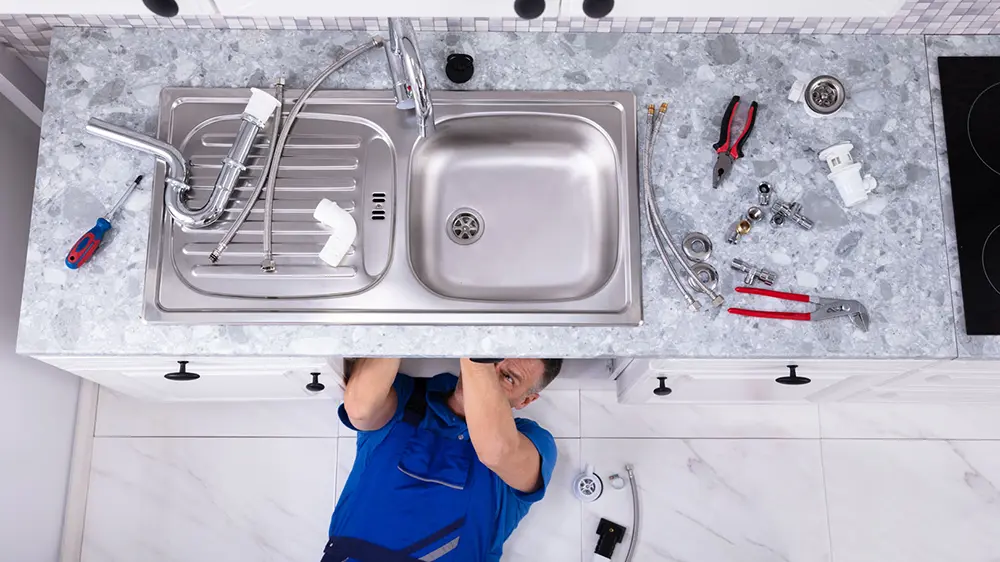
Advanced methods used in professional plumbing work
Finding a plumbing leak can be much simpler when utilizing advanced techniques employed by professionals. A competent plumber will use methods such as video camera inspection, hydrostatic testing, and sound testing to discover where the water is escaping. Video camera inspections entail placing a waterproof device into pipe structures so that any signs of leaks or destruction may be detected. This method proves especially advantageous in areas that are hard to reach with more traditional approaches!
Hydrostatic testing involves filling pipes with water under pressure and measuring the amount of escaping fluid at different points on the line. If more seeps out in one area, it could mean that part of your piping system is compromised. Sound testing works similarly but uses sound waves instead; this technique proves most helpful in locating leaks close to fixtures such as toilets or faucets where multiple areas are likely culprits, making them hard to identify without special gear. All these methods work ideally when locating a plumbing leak quickly and accurately. So hiring an experienced expert who knows how they should be employed can pay off!
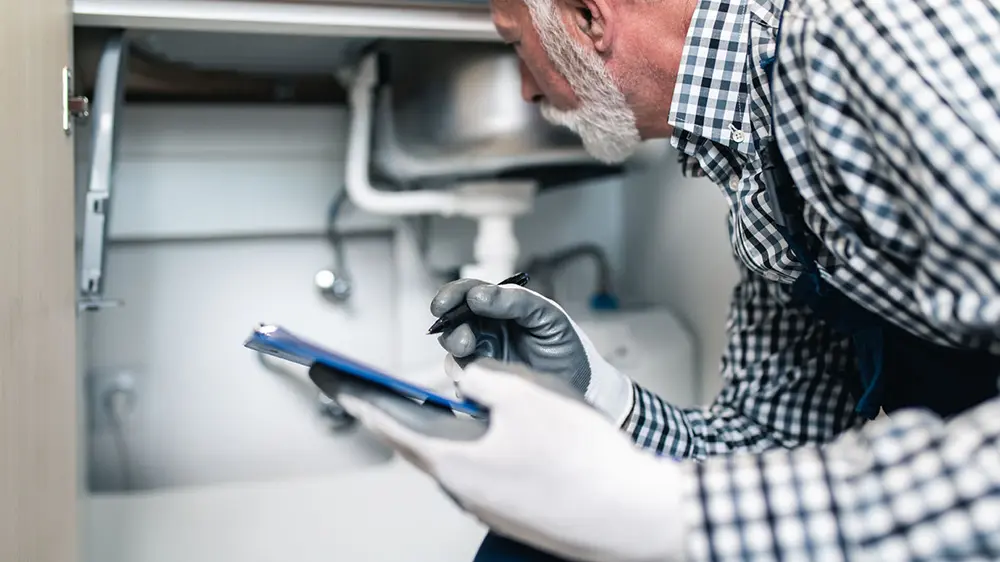
Steps involved in the water leak repair process
Figuring out a plumbing leak can be intimidating and scary for homeowners, especially if they are unsure where to begin. To make finding a plumbing leak less stressful, getting acquainted with the measures necessary for water leakage repair works pays off. Firstly, you should calculate and recognize the origin of the drip. Discovering exactly where your pipe is leaking precisely is crucial in knowing how best to fix it; this could mean going into cupboards or under floor boards – so ask yourself, “Where would I start my search?”
Using a flashlight or some other light source may be helpful when checking pipes under sinks and behind walls to clearly identify where water is dripping. Once you locate the cause of your pipe’s difficulty, it’s time for step two – assessing any potential harm caused by the leaking pipe. It would be helpful if we could anticipate what destruction might already have occurred – does this mean corrosion? How severe will its effects be? What measures must be taken to fix and prevent future damage?
Inspecting all the areas around your pipe for any signs of damage is crucial. This includes cracks and holes in walls or floors, soft spots on ceilings, condensation build-up due to humid conditions, and mold growth caused by too much moisture. These issues need urgent attention before you start fixing up your leaking pipes. Make sure that if there are electrical outlets near where your leak is coming from, switch off the power at the main breaker box as a safety precaution against electric shock hazards.
Before beginning the repair process, make sure to have necessary materials & tools ready – such as new piping material (if needed), Teflon tape for sealing joints together, plumber’s putty (in some cases), wrenches, and other hand tools; also, don’t forget rags/towels which will help with cleaning afterward! Plus, access panels might be required depending on the work type, so check ahead so everything runs smoothly without needing last-minute items while already started working!.
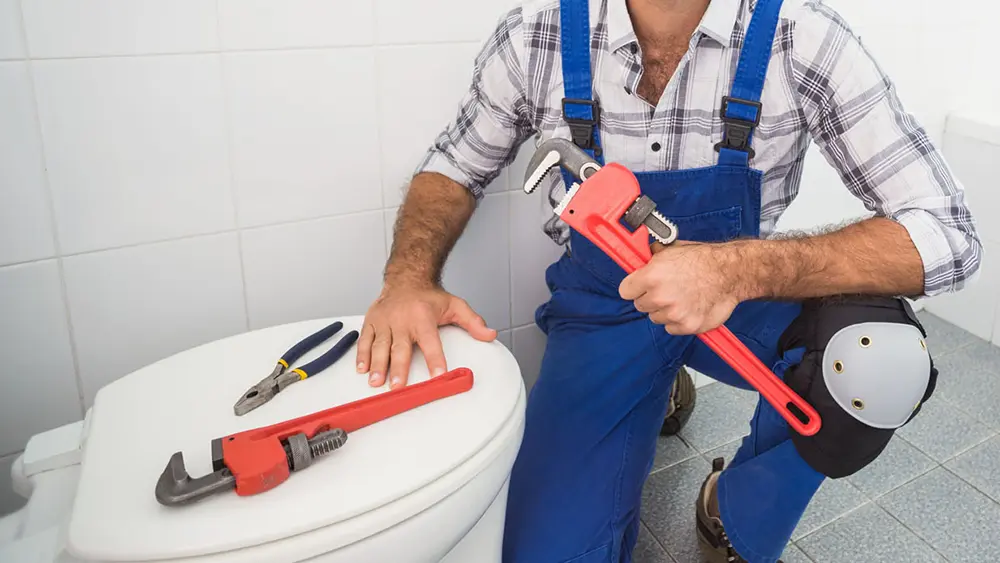
Importance of regular residential plumbing maintenance
Maintaining your plumbing is crucial to protect your home from any leakage or other trouble. It would be best to have a pro plumber on the case at least yearly for an inspection; this way, they can detect potential issues and prevent them before they become a real problem. The expert will look for signs like corrosion, damage, and wear that might indicate something isn’t quite right – to help you avoid water dripping where it shouldn’t!
Homeowners need to do regular plumbing maintenance checks and be aware of potential issues that could become more significant problems. Inspecting anything from pipes and water heaters for symptoms like corrosion or sediment build-up all the way down to turning off valves when you’re done using them are all practices worth considering.
Blockages can occur if things aren’t put down drains properly. Knowing what signs of wear and tear to look out for is essential to maintain a safe living environment inside your home; it’s better (and cheaper) than having an emergency repair situation on your hands! Have you recently noticed an unexplained spike in your water bill? If so, this could be a sign of an upcoming leak. Other warning signs to look out for include wet spots on walls or floors where there shouldn’t be any moisture; unusual mold growth; stains on ceilings as well as warm patches near pipes and strange noises coming from the plumbing fixtures such as gurgling sounds when running water through them. If these issues arise, you must contact a professional plumber immediately so they can identify the problem quickly and begin repairs before it causes too much damage.
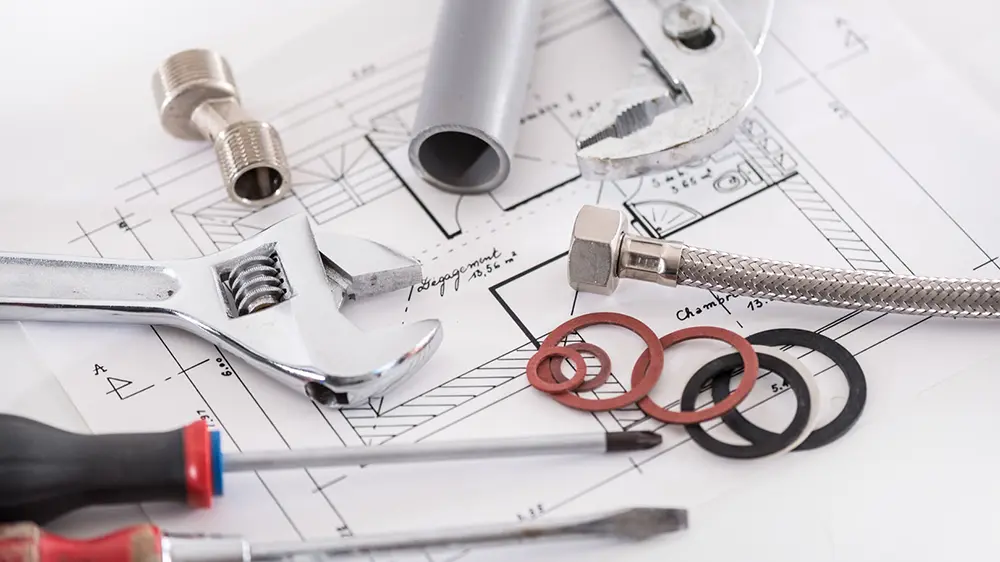
Preventive measures to avoid a future plumbing leak
A plumbing leak can be a significant source of annoyance for both property owners and tenants. Not only do they have the potential to cause damage to structures like houses or apartment buildings, but if not swiftly taken care of, they risk increasing water bills significantly as well. To prevent such troubles from occurring in the future, it is essential to consider specific precautious measures. A good place would be to start by checking pipes regularly for any signs that might indicate possible damage – cracks, warping, etc.- these should then immediately get repaired before matters go out of hand and more significant problems arise; flooding-induced destruction or excessive water charges could become an issue otherwise!
It’s imperative to look around all the bathrooms, kitchens, and laundry rooms for any signs of water leak – discoloration on walls or dampness in floors. Even better is to install an automatic shut-off valve that will automatically turn off your main water line if it senses some pressure rise caused by undetected plumbing problems at home. Have you ever been through such a situation?
Taking proper preventive measures can save you from costly repairs down the line. Regular maintenance by a licensed plumber will help identify minor issues before they become more extensive and cost even more money. In case of plumbing leaks, don’t wait to call for professional help so that further damage can be avoided and fixed quickly without costing too much time or money. With these tips, everyone knows how easy it is to keep their homes safe from plumbing disasters! Personal experience has taught me that making minor investments, like preventing water from flowing freely into areas where significant harm could occur and regular system check-ups, are vital in avoiding unwanted expenses later on.
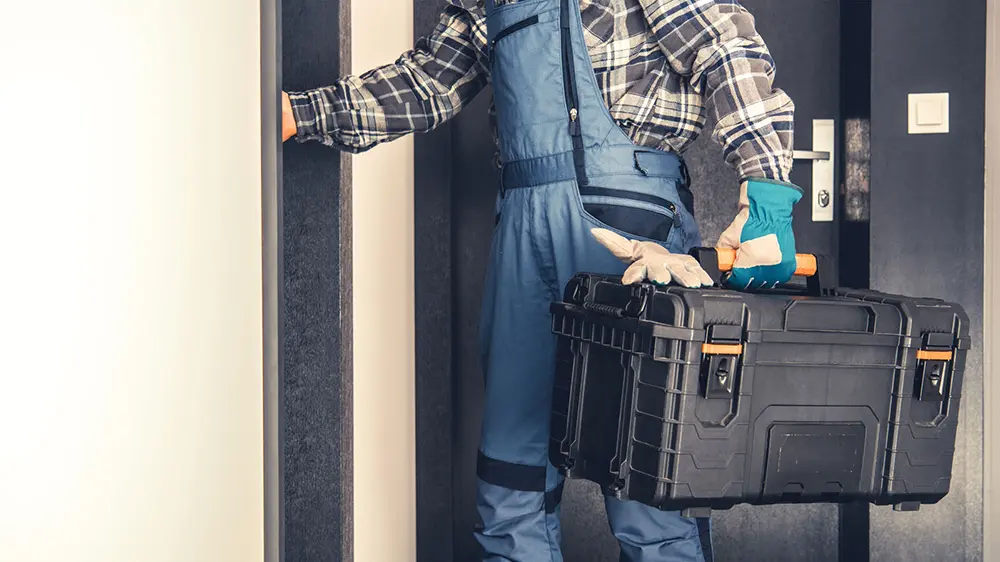
When to call professionals for plumbing repairs
Some homeowners might be tempted to try and do plumbing repairs on their own, but most of the time, it’s best to get a professional in. Letting an experienced plumber take care of something like suspected leaking pipes or fixtures can save some headaches down the road as they can identify where exactly the problem is quickly and accurately. It may cost more than doing it yourself, but it could prove worthwhile in the time and money spent!
It’s highly beneficial for homeowners to seek the assistance of professional plumbers when they detect plumbing leaks and need help identifying any underlying problems that caused them. This is because these experts are knowledgeable and have all the tools necessary to fix your pipes or fixtures immediately. On top of this, you can count on their expertise in advising what preventive measures should be taken to avoid similar issues with water damage in the future. It pays off more than opting for a DIY approach which could cost you dearly if it turns out not up to the mark!
In conclusion, a plumbing leak can be a real pain to find and fix. But with the right tools, they don’t have to cause you too much inconvenience! Suppose it all seems like too big a task for you. In that case, getting in touch with someone with experience dealing with these issues might make sense. So if that’s something you’re considering, contacting a qualified residential plumber would be wise. Taking the time now will save you from more expensive repairs later on – think how nice it’ll feel when those annoying drips stop happening!
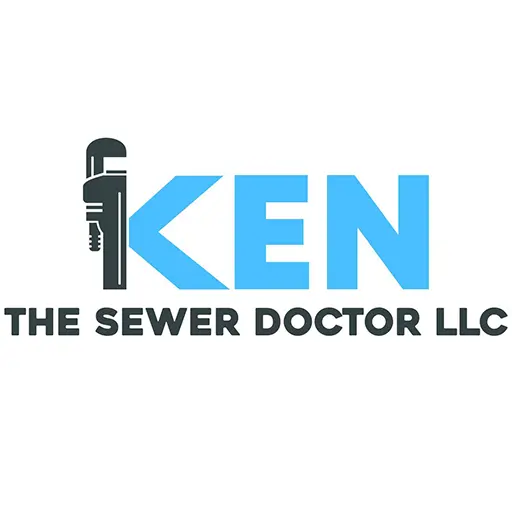
Are you in search of professional plumbing inspection services? Look no further than KenSewerDoctor.com! We have over 30 years of experience as a leading residential and business plumbing provider. Our comprehensive range of services includes routine maintenance, emergency repairs, inspections – you name it!
Pursuing top-quality customer service satisfaction is what we live by here at Ken The Sewer Doctor. So every job is done with precision and accuracy to guarantee a job well-done every time. Why wait any longer? Call us at (541) 603-8421 to book an appointment or learn more about our outstanding services today!
References
- Bob Vila – Glenda Taylor, Bob Vila – How To: Find a Plumbing Leak
- Family Handyman – Stop Leaks in Plumbing Joints
- HomeServe – Michael Franco – 4 Ways to Fix a Leaking Pipe
